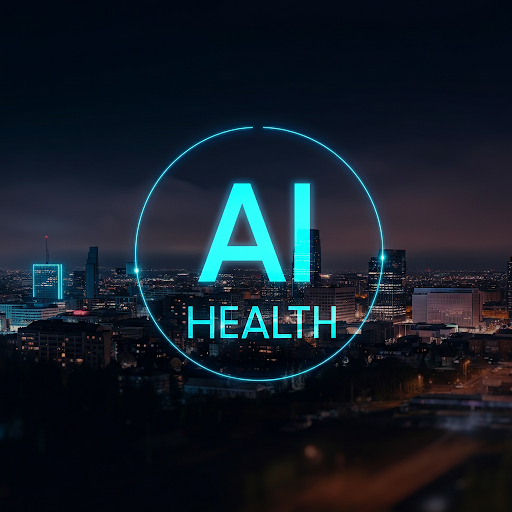
Future Health Technologies Demand Sustainable Energy Solutions
The Promise of Technology in Healthcare
The future of healthcare is set to be revolutionized by advanced technologies such as artificial intelligence (AI), wearable devices, and precision medicine. These innovations promise to enhance patient outcomes, streamline diagnostics, and offer personalized treatment plans. However, their potential comes with a significant caveat: the energy demand of these technologies.
The Energy Cost of AI in Healthcare
AI models, especially large-scale systems like those used in medical imaging, diagnostics, and predictive analytics, consume vast amounts of energy. A single AI model can require hundreds of megawatt-hours (MWh) during its training phase, and even inference—when the model is applied in real-world scenarios—draws substantial power.
For perspective, running an AI model like ChatGPT for a single query may consume 50 to 500 watt-hours (Wh). Comparatively, a personal computer performing routine tasks uses around 50 to 200 Wh. On a global scale, if AI systems were extensively deployed across healthcare, their collective energy consumption could rival that of small nations.
Water Usage for Cooling Data Centers
In addition to energy, water is heavily utilized in data centers hosting AI systems. Cooling systems often require 1 to 2 liters of water per query, depending on the technology and location. This demand could exacerbate water scarcity in regions already under stress.
The Case for Sustainable Energy Solutions
To mitigate the environmental impact of AI and other healthcare technologies, adopting sustainable energy solutions is imperative. Key strategies include:
- Transitioning to Renewable Energy: Powering data centers with solar, wind, or hydroelectric energy can drastically reduce carbon emissions or new systems like geothermal or underwater powerplants.
- Optimizing AI Models: Developing more efficient algorithms and hardware to lower energy demands during training and inference.
- Recycling Waste Heat: Leveraging heat recovery systems in data centers to repurpose waste heat for other applications.
Quantifying the Need for Balance
While AI has the potential to save lives by detecting diseases earlier and improving care delivery, its environmental trade-offs must be carefully managed. A single day of AI-powered healthcare applications across global systems could consume as much energy as powering thousands of homes, with corresponding water usage for cooling.
Addressing these challenges involves not just technological innovation but also policy and industry commitment to sustainable practices. For healthcare technologies to truly be "futuristic," they must align with the planet's long-term viability.
